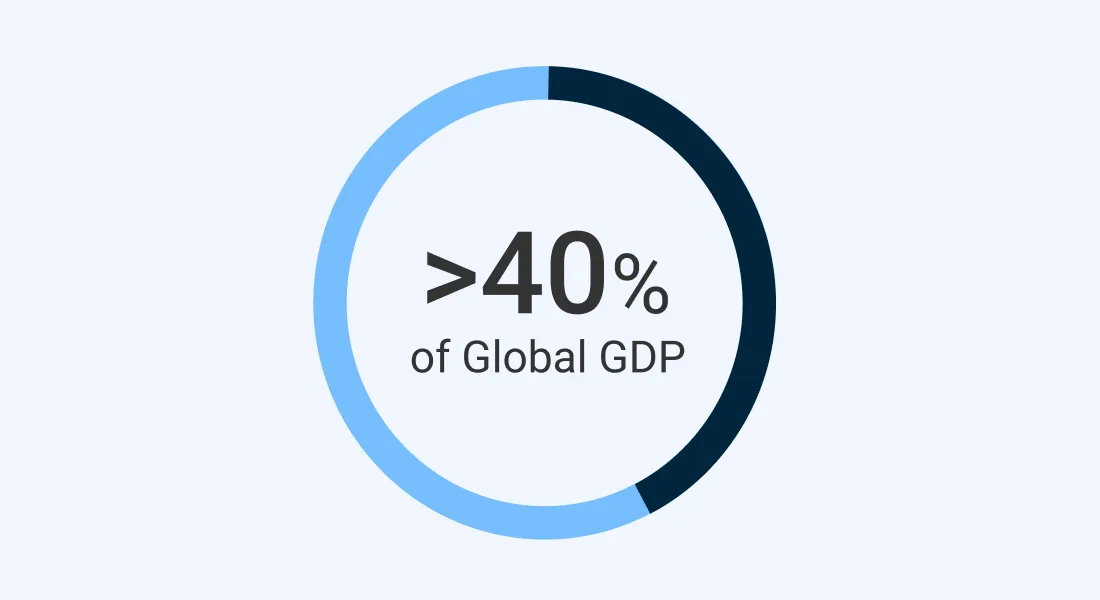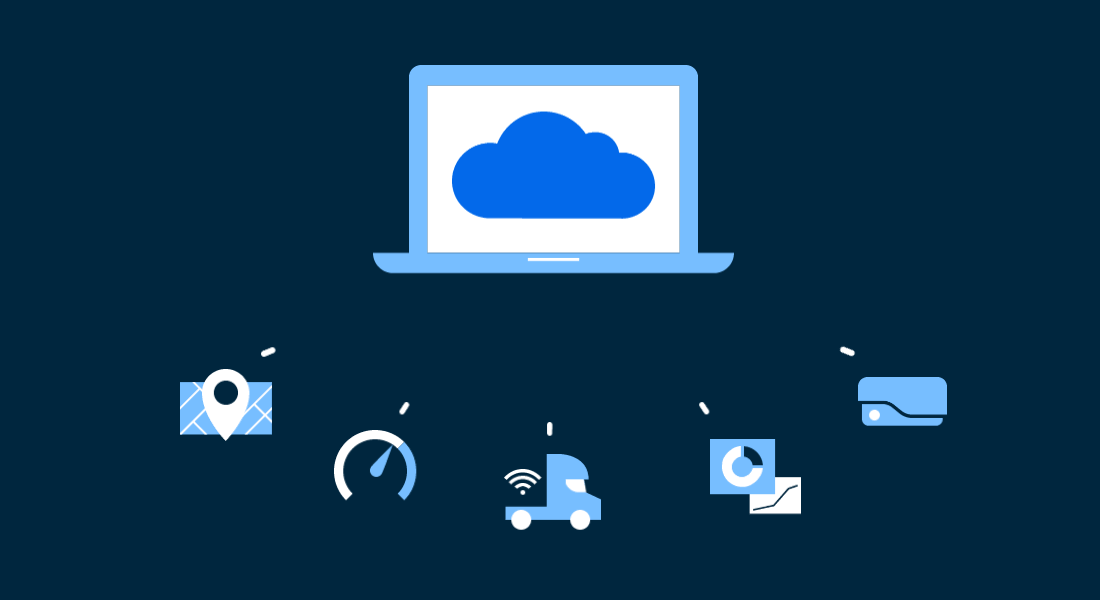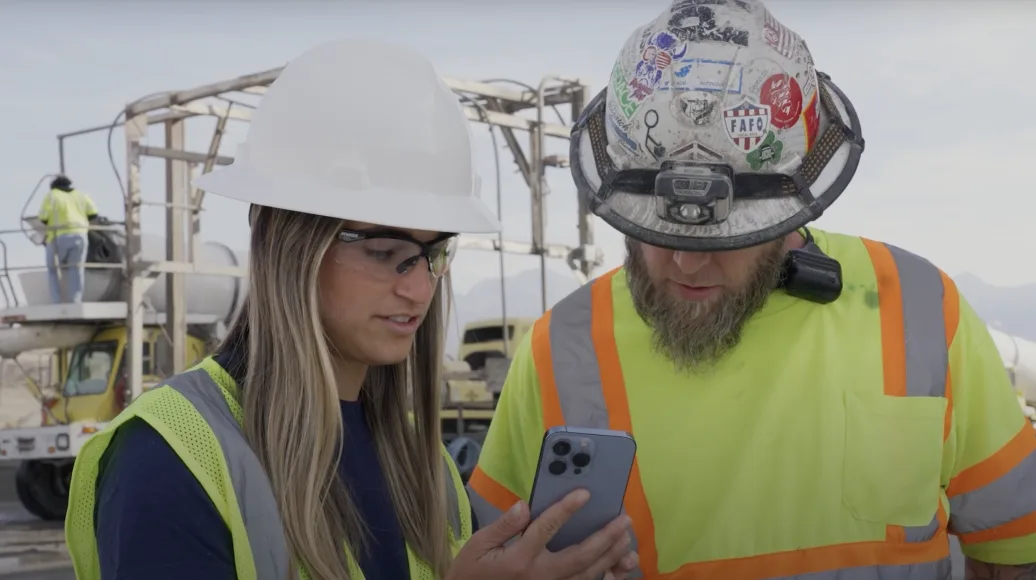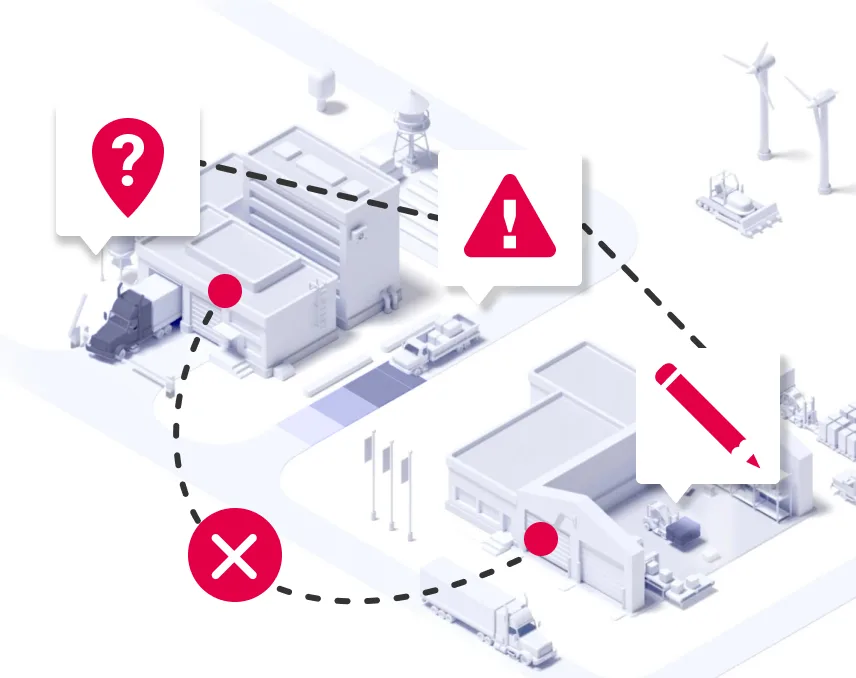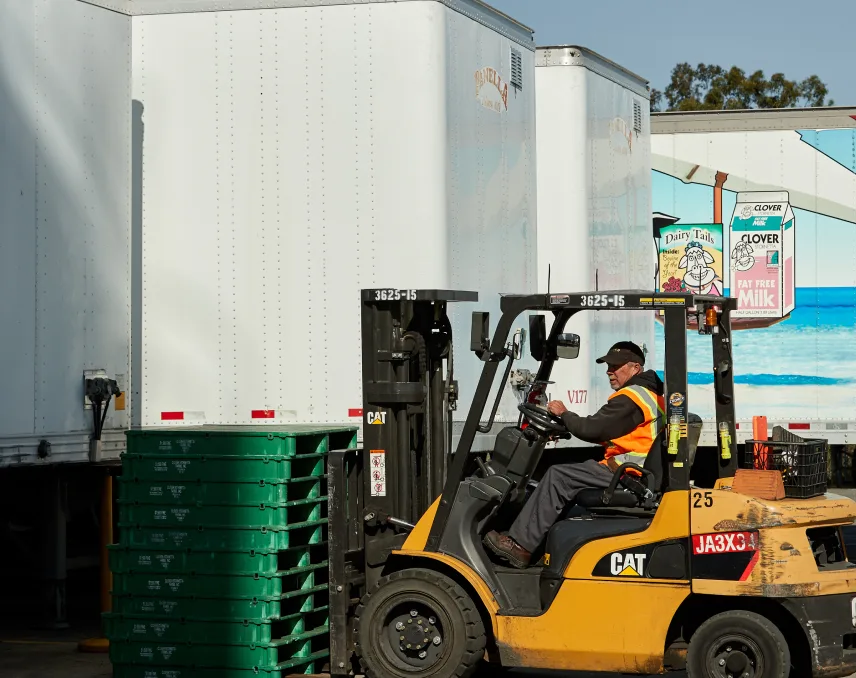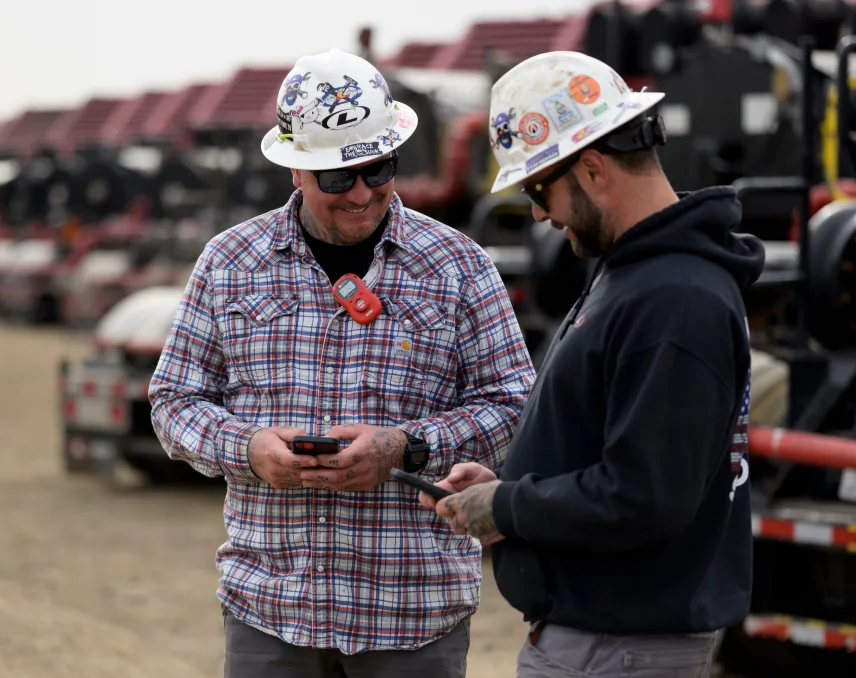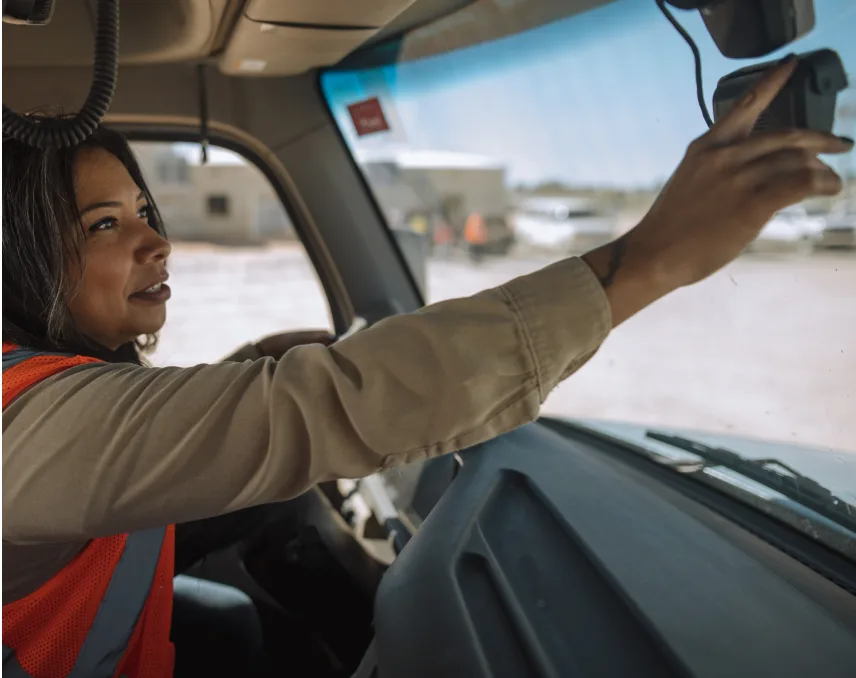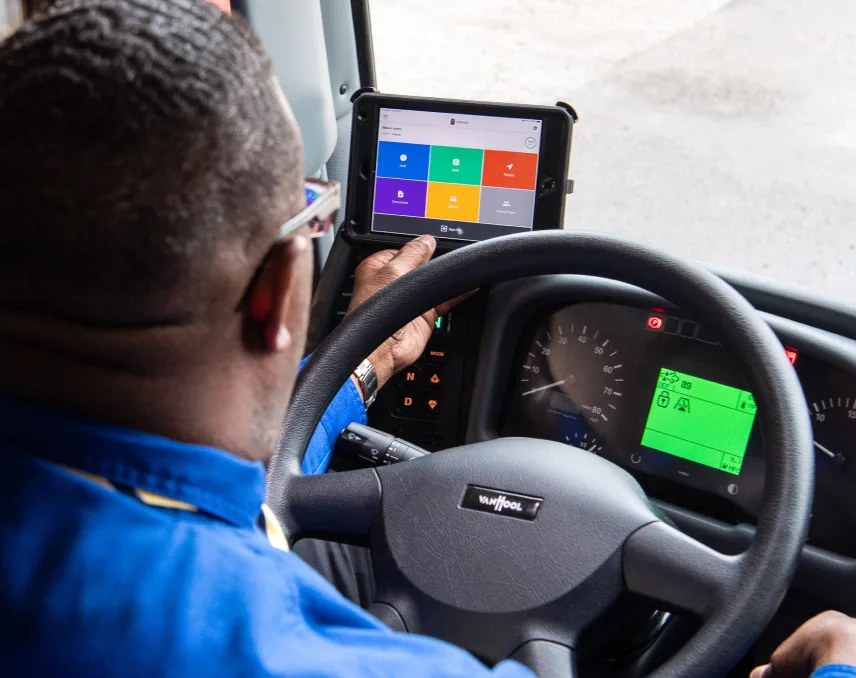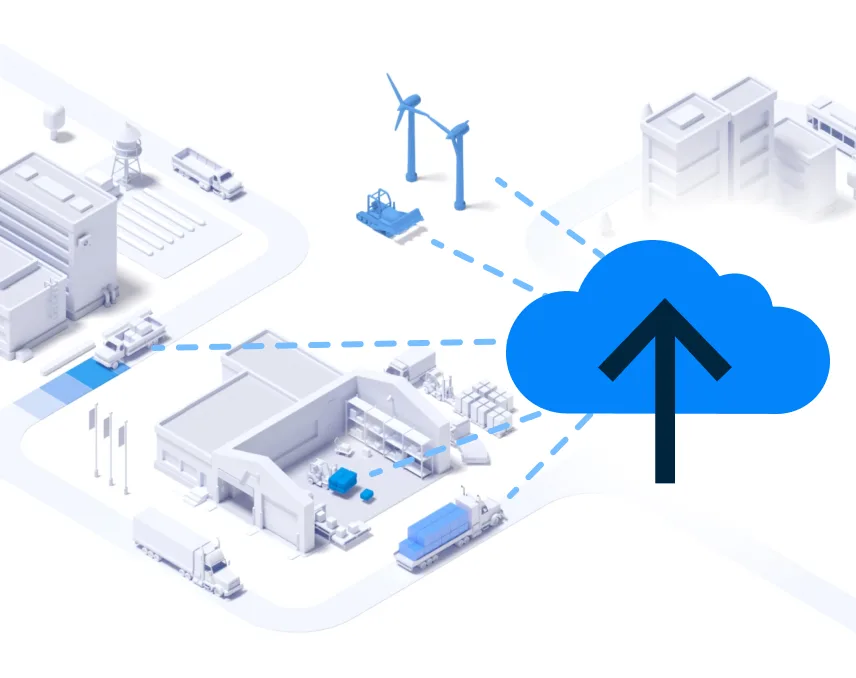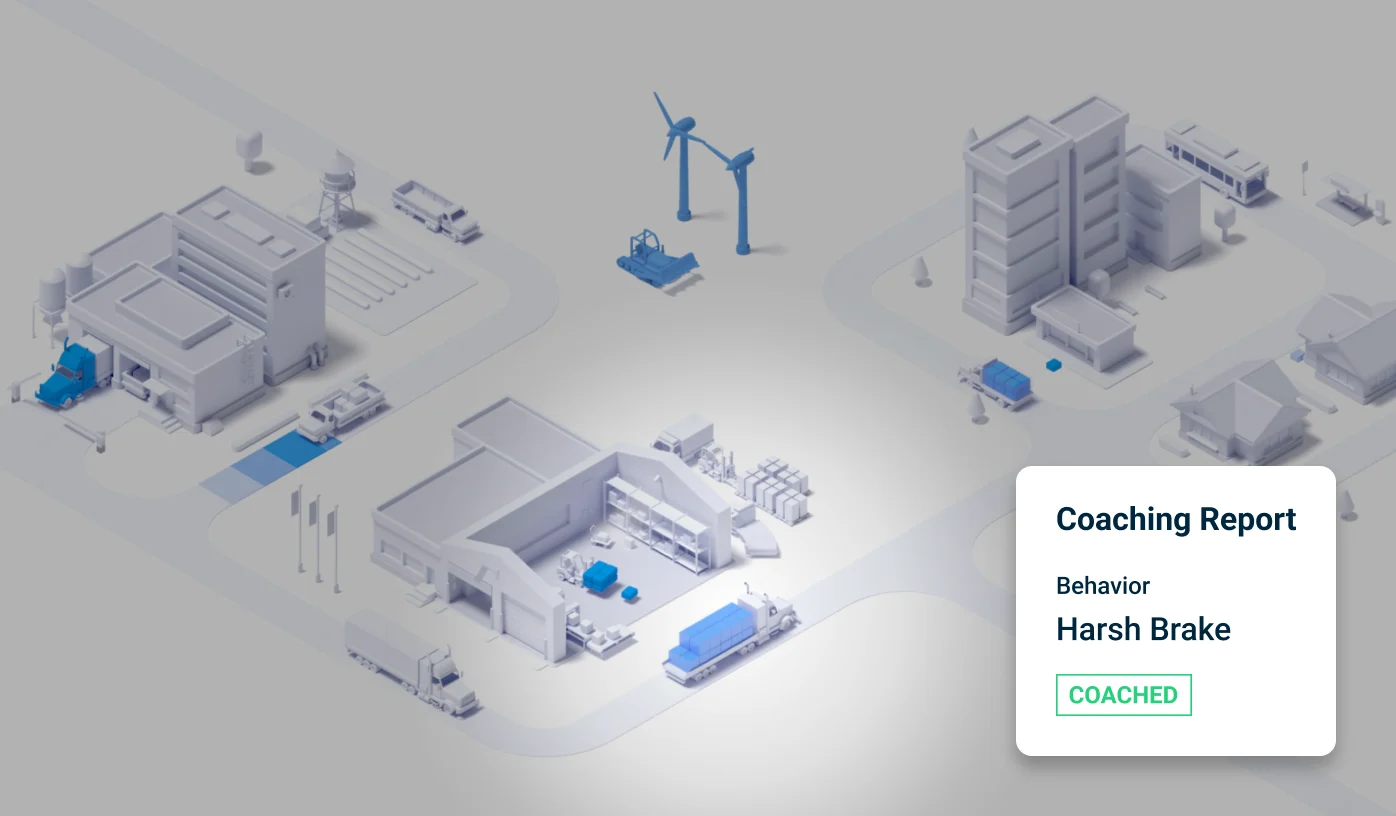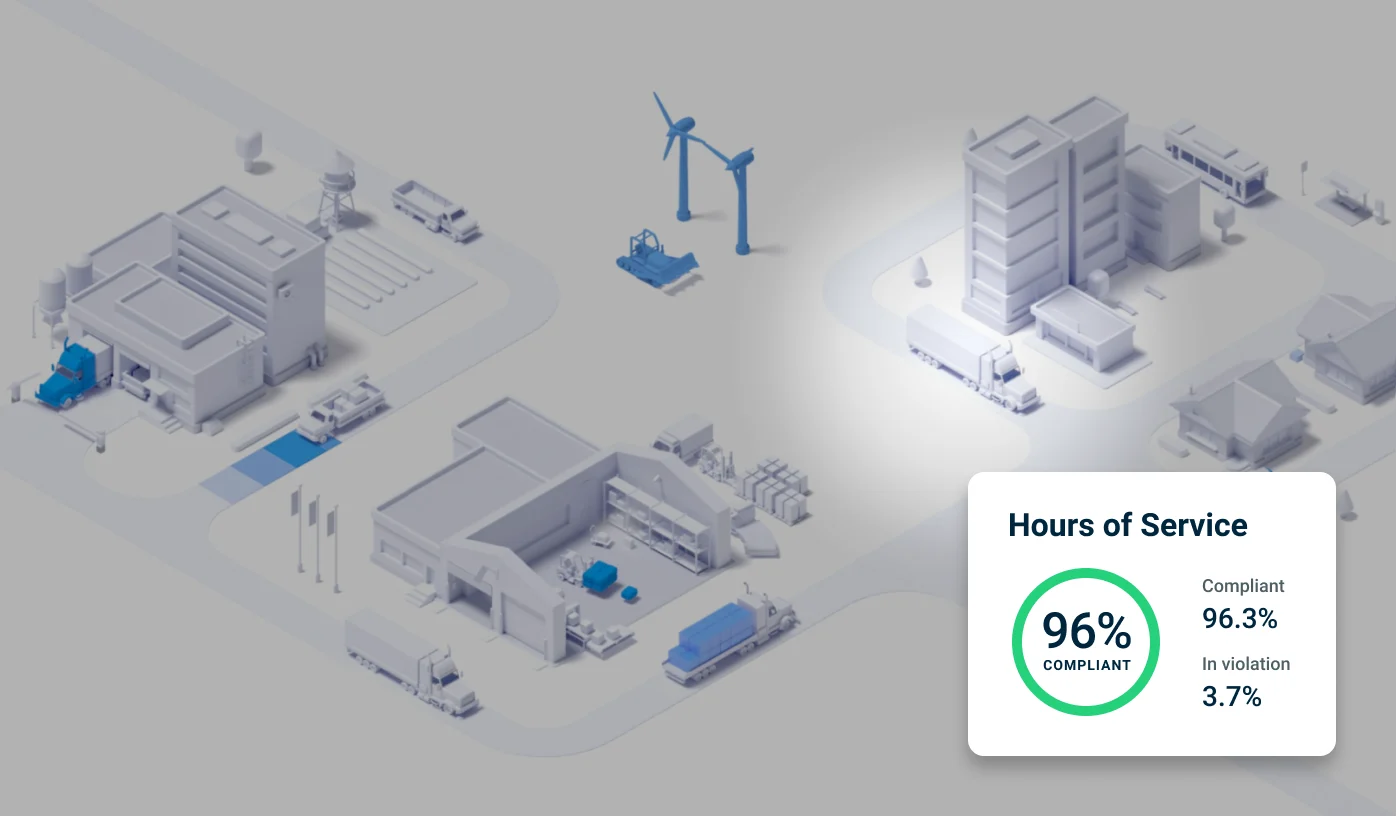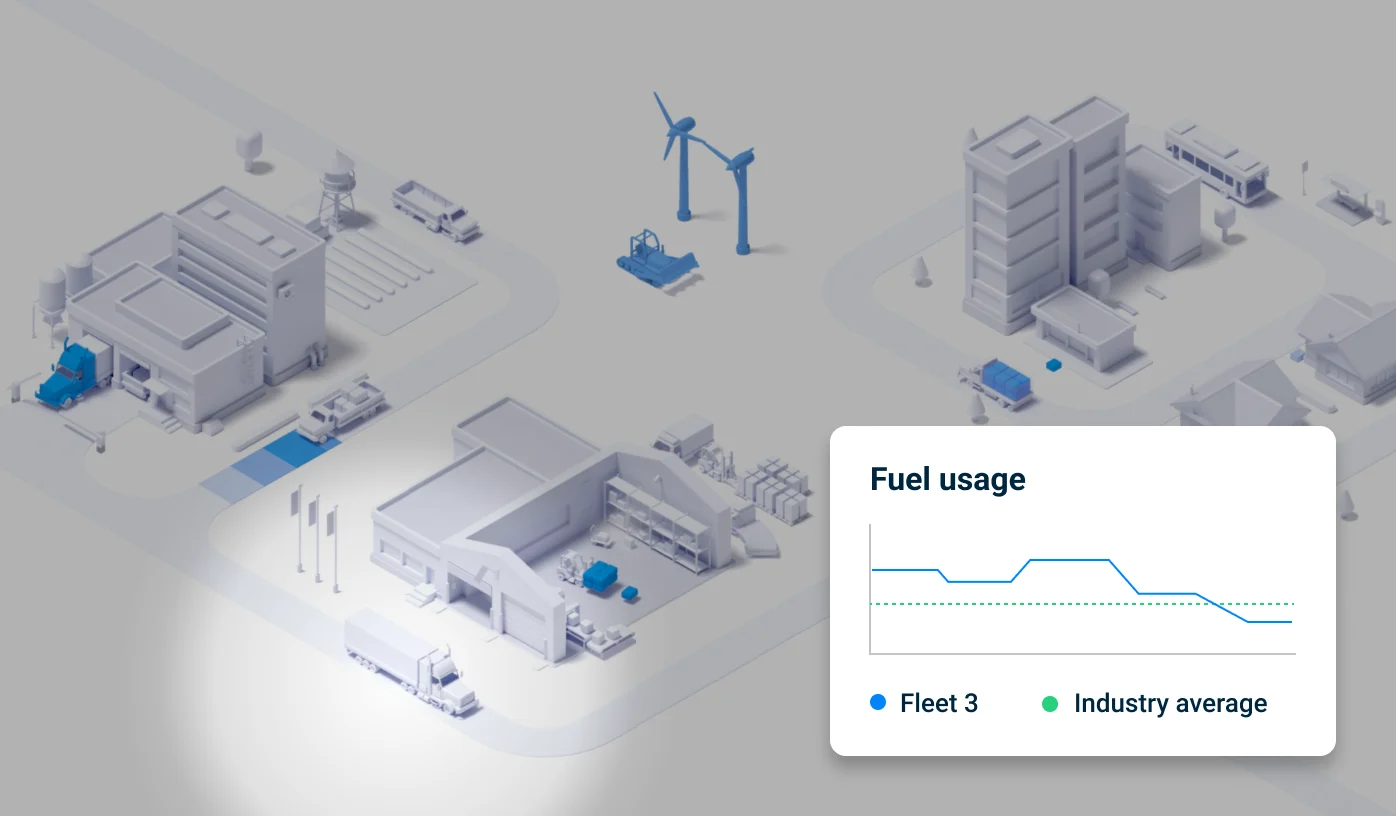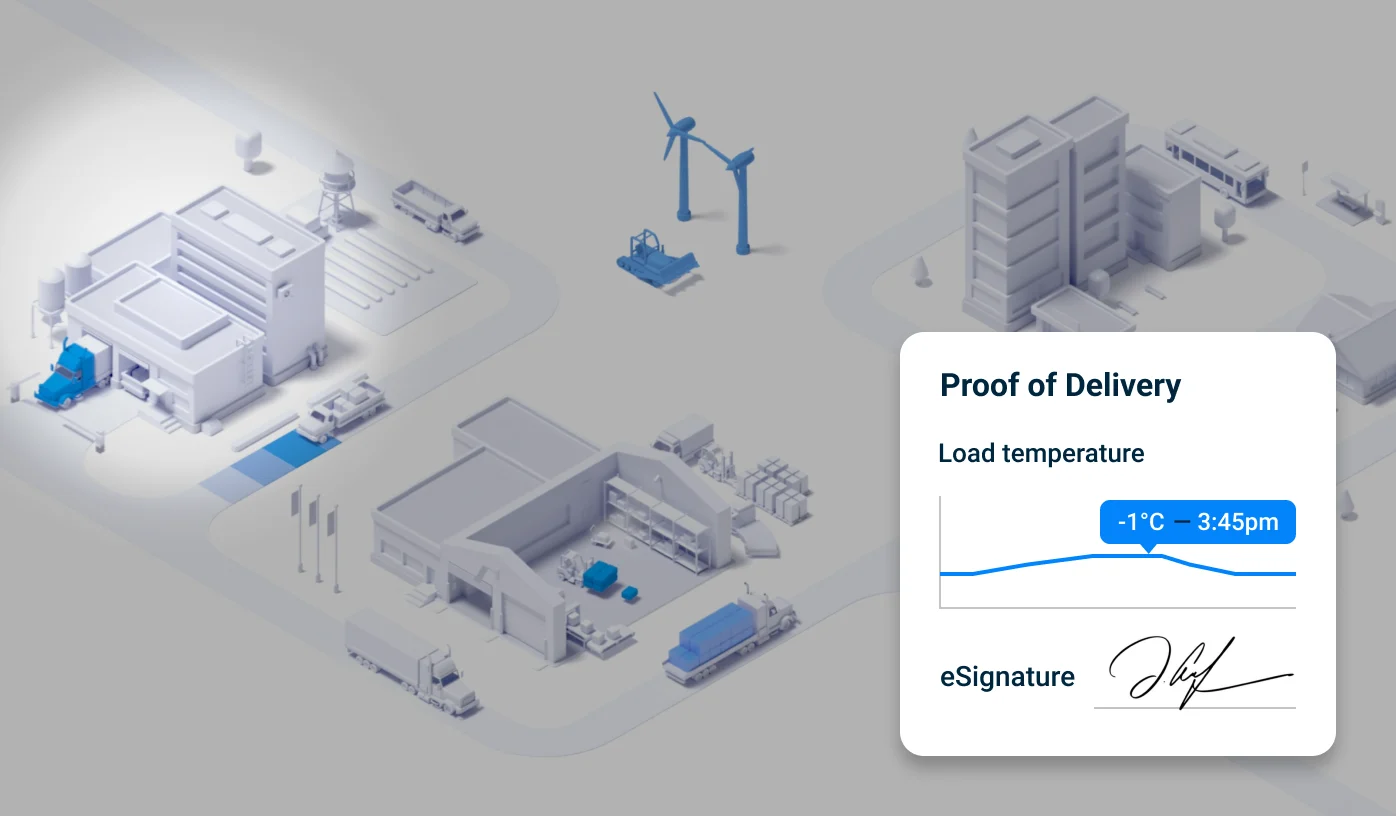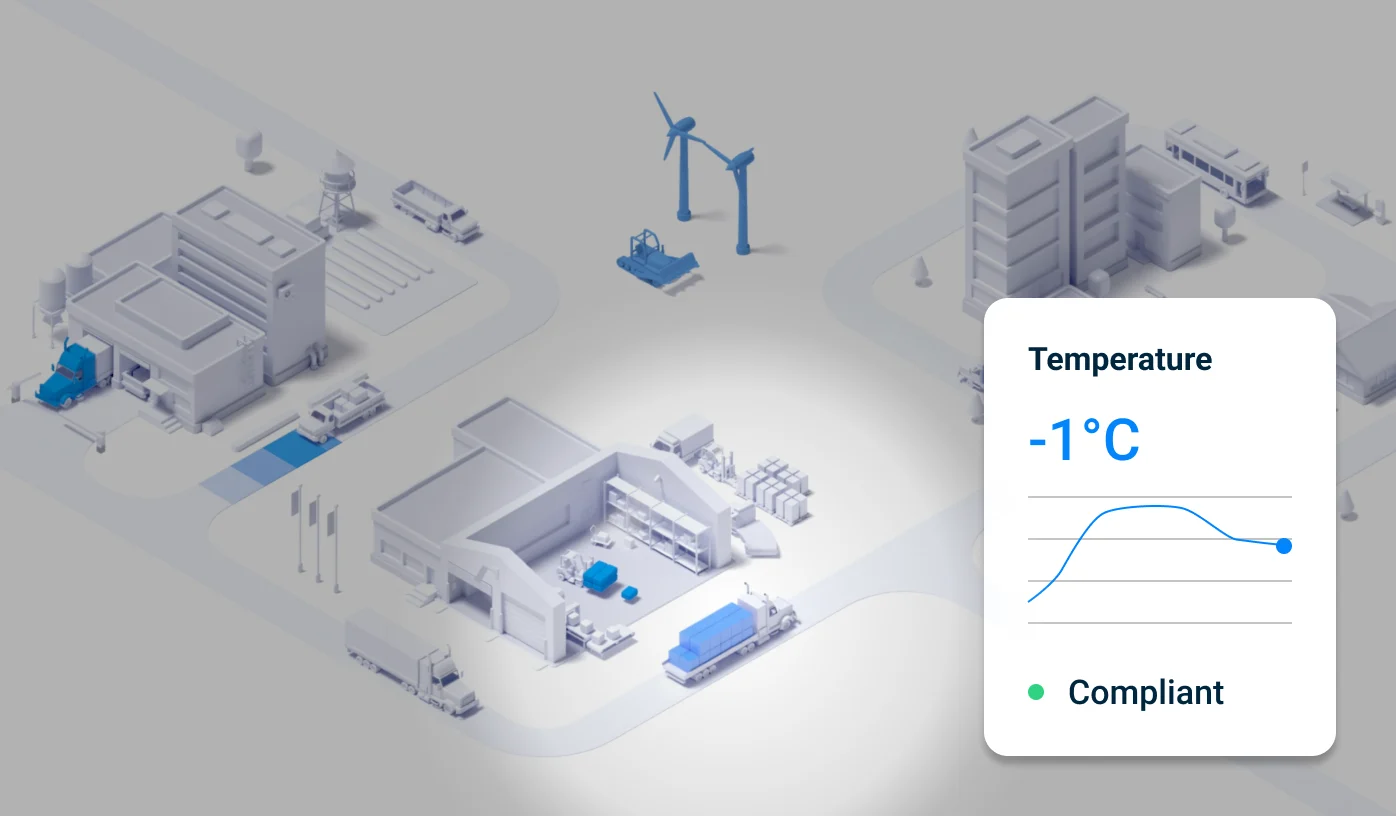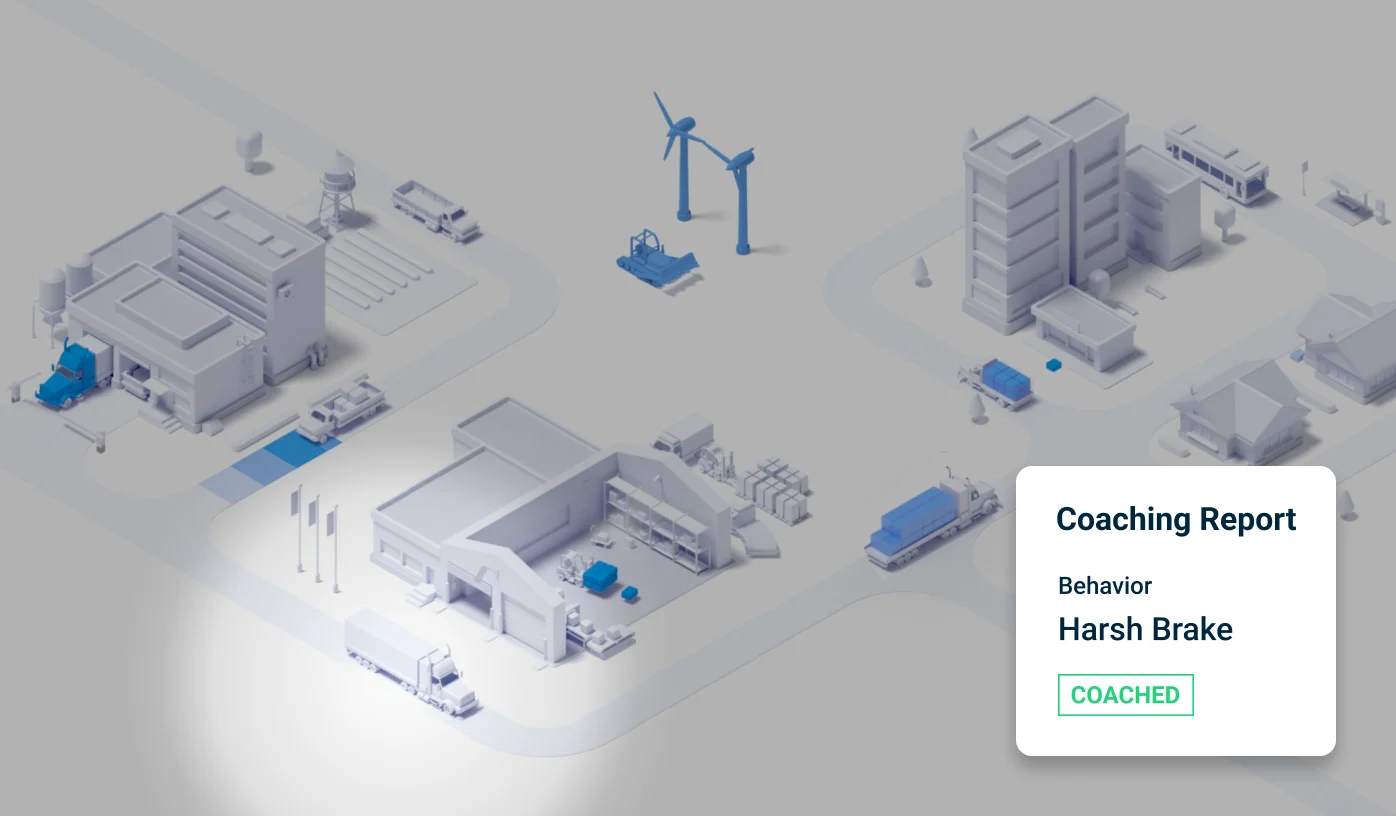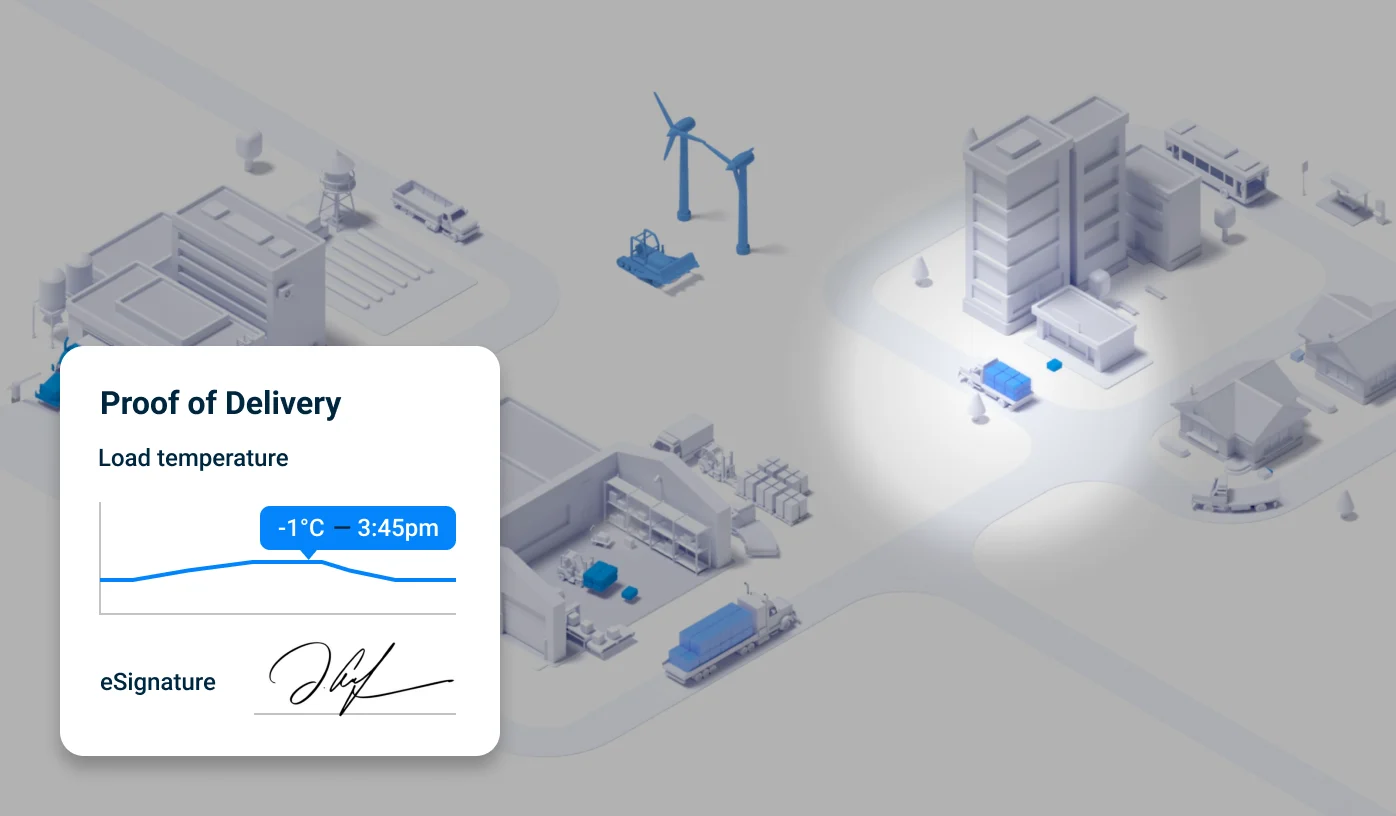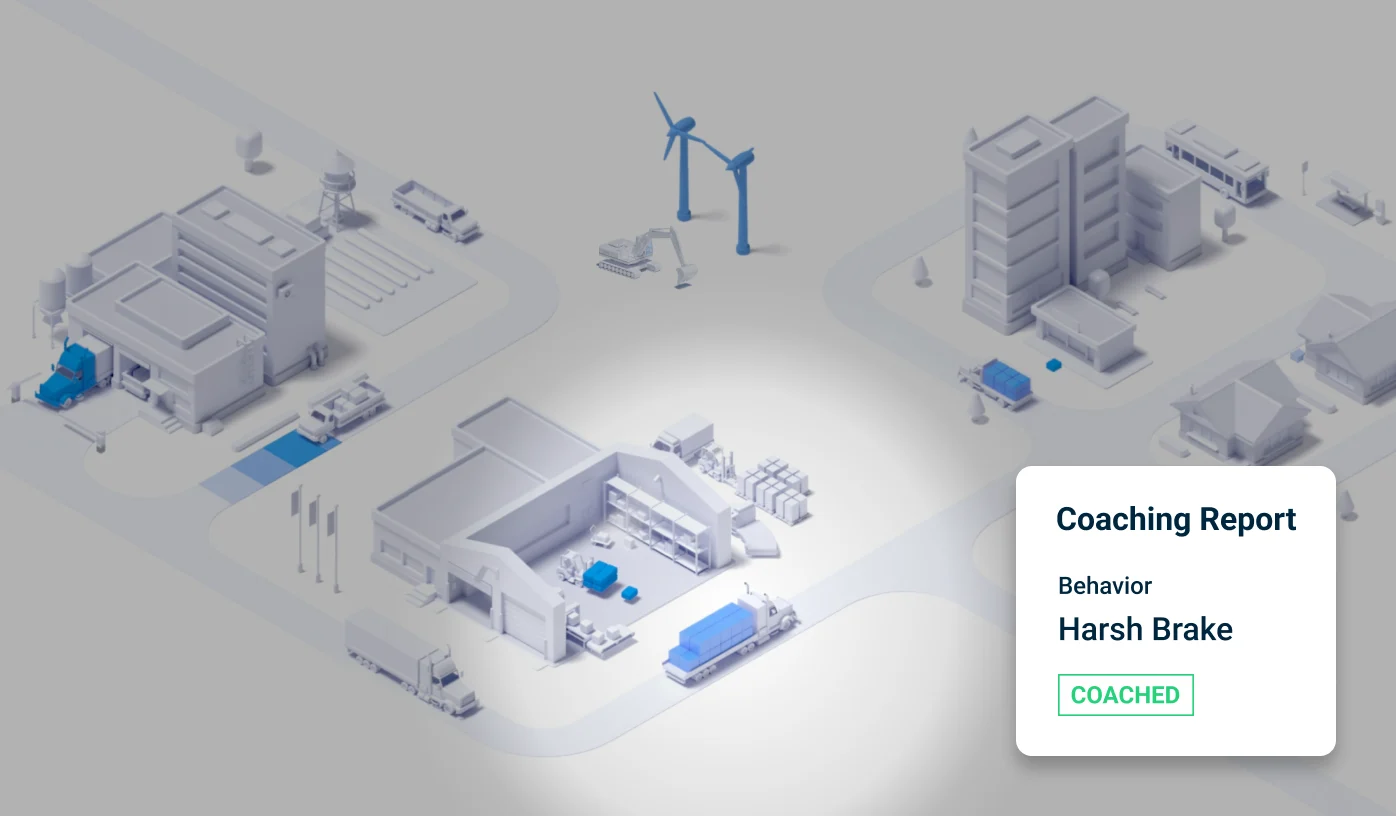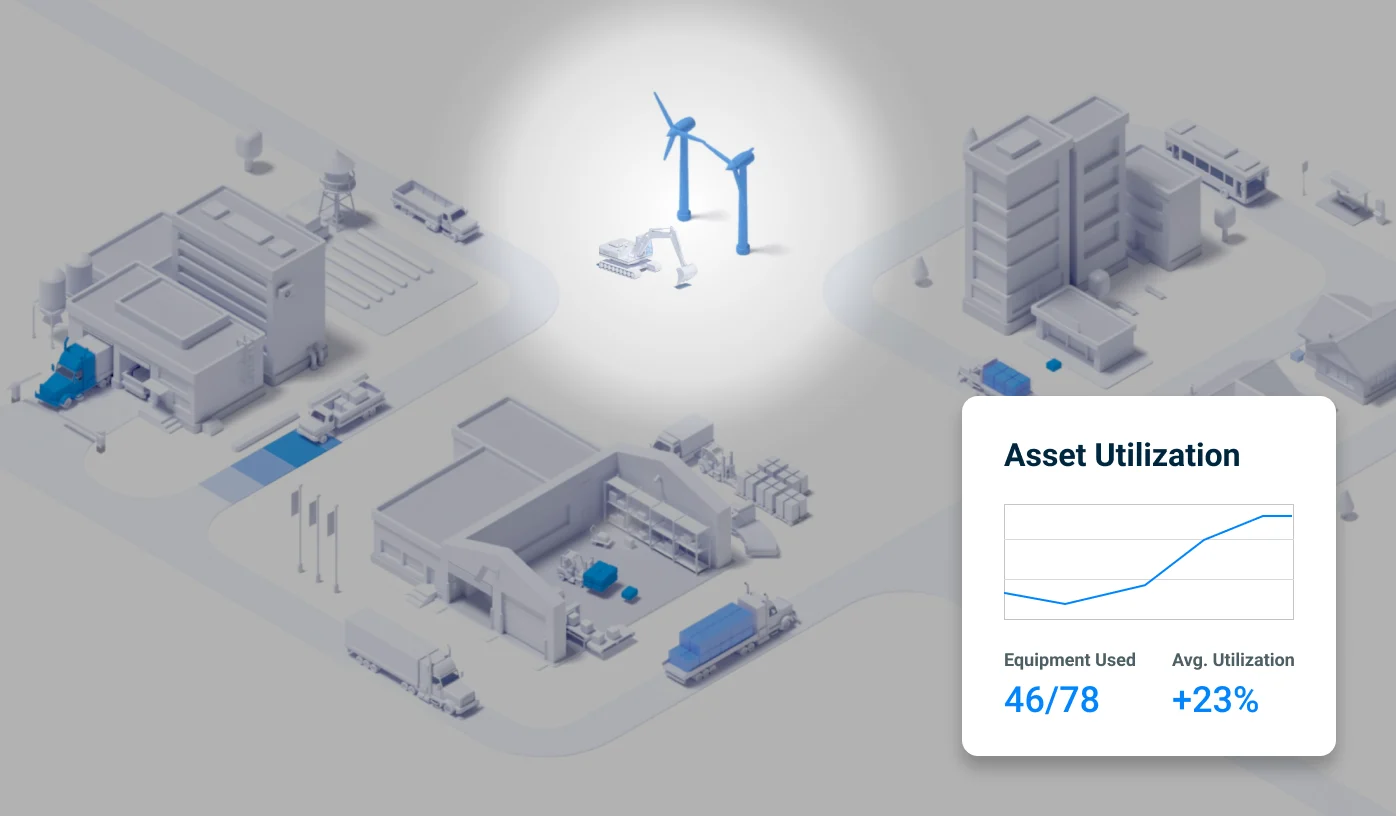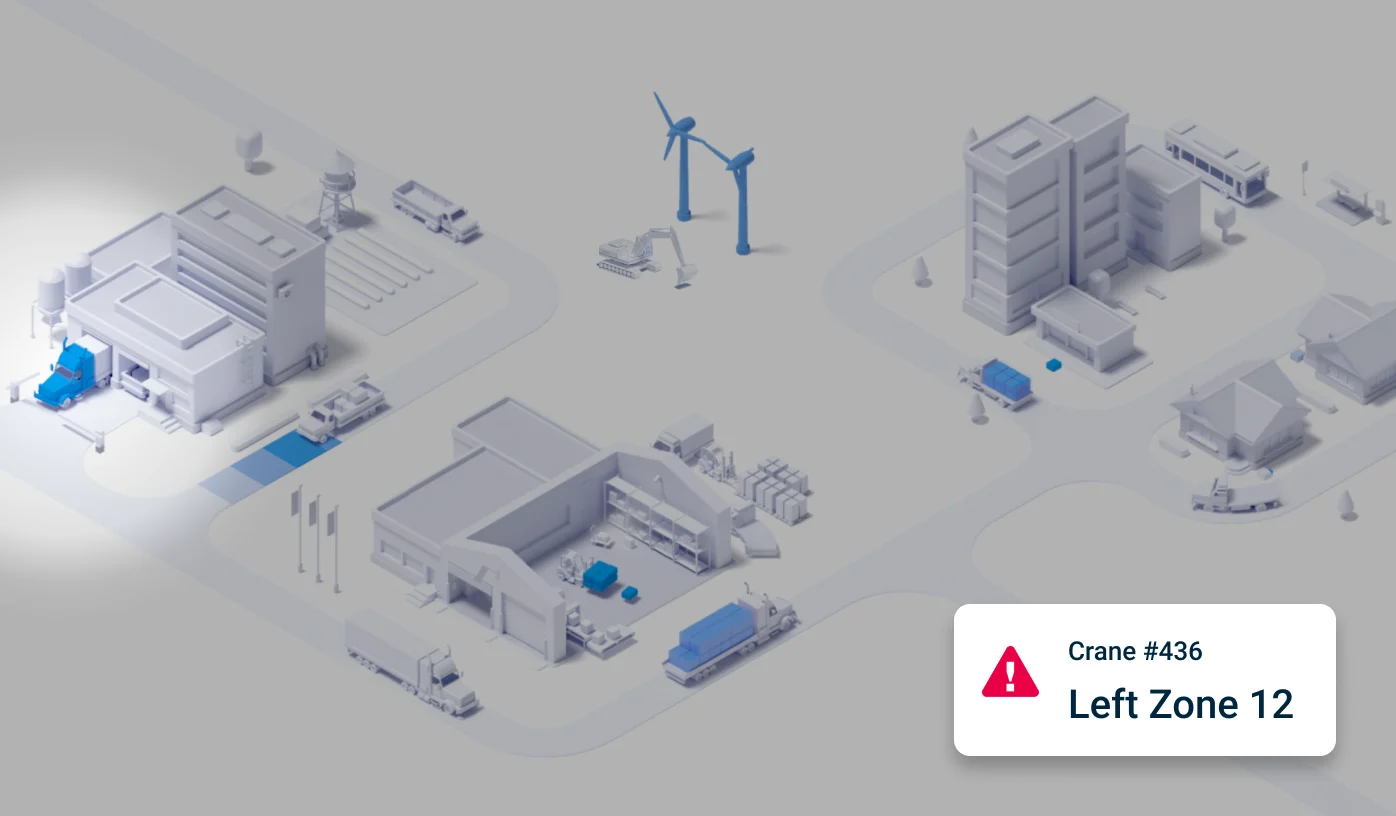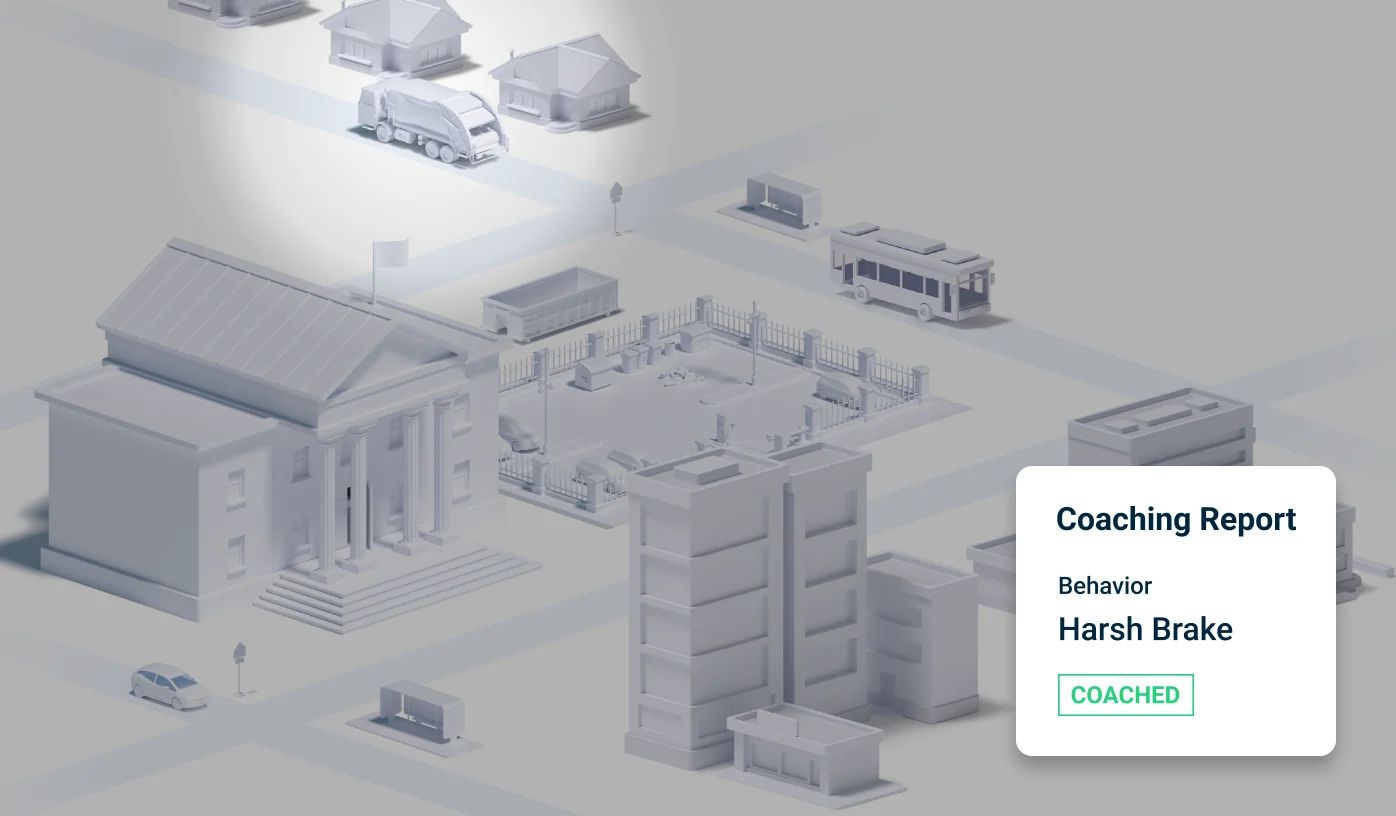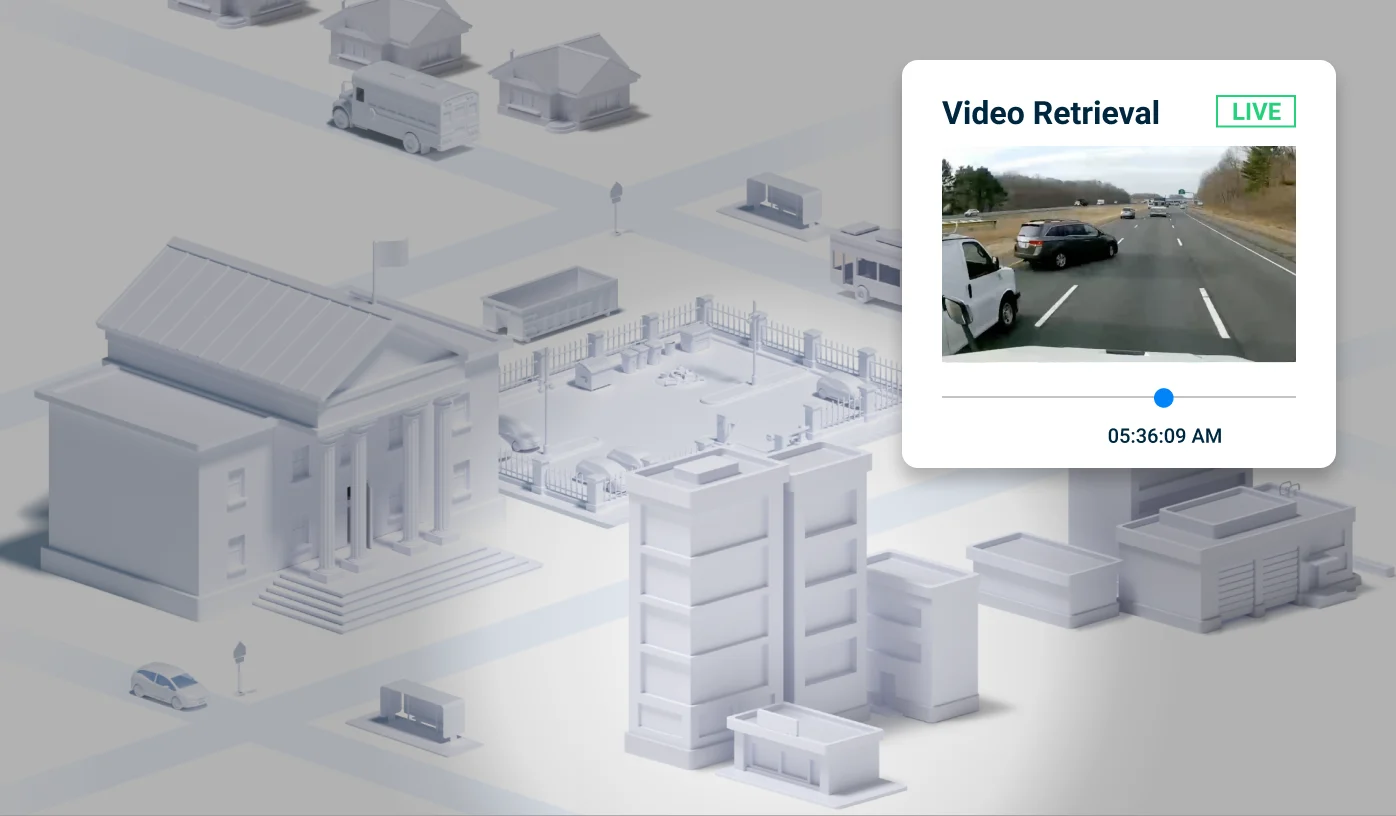Connected Operations™Transforming the way the world moves forward.
What are physical operations?
Physical operations are the organizations that power our economy through the flow of goods and services. Physical operations exist across many industries, including construction, transportation and logistics, field services, home and commercial services, food and beverage, local government, passenger transit, healthcare, utilities, and more. What unites these vastly different organizations under the umbrella of “physical operations” is the nature of their work; they all rely on the safe, efficient, and sustainable operation of physical assets—such as warehouses, vehicles, and equipment—to function.
Physical operations form the backbone of our global economy, representing over 40% of global gross domestic product (GDP). Yet despite their immense impact, these organizations and the people they employ—drivers, field technicians, safety managers, warehouse supervisors—have historically been underserved by technology.
Before the widespread adoption of IIoT (industrial internet of things) technology, physical operations relied on paper documents, manual processes, and siloed systems. This caused massive challenges such as a lack of real-time data, limited visibility into operations, manual and error-prone workflows, and disparate applications and systems.
Now, that is changing. As advances in technology make it possible to capture more data from more assets and connect it to the cloud, we are seeing physical operations digitize and transform into Connected Operations.
What are Connected Operations?
Samsara Connected Operations are physical operations that have connected their assets and systems to the Samsara cloud. This provides centralized, real-time visibility and empowers organizations to operate more safely, efficiently, and sustainably.
Connected Operations use the power of digitization to connect data from physical assets—such as vehicles, equipment, and warehouses—to the cloud. Now, physical operations can consolidate data from IIoT devices into a single system of record by linking up to the cloud, wrangling data across various systems to make smarter decisions. Using the cloud as a command center, organizations can connect data and workflows together to get a full picture of their entire operations.
What factors led to the rise of Connected Operations?
There are many factors that have contributed to (and accelerated) the rise of Connected Operations, such as:
Technological innovation: Over the past decade, technology has become more accessible, affordable, and advanced. IoT devices, high-bandwidth cellular networks, cloud computing, and artificial intelligence (AI) and automation have enabled organizations to undergo digital transformation, unlocking new applications within physical operations such as telematics, AI cameras, workflow apps, and asset tracking.
Macroeconomic pressures: Physical operations need real-time visibility to remain agile against evolving market demands and changes in the value chain. Macroeconomic challenges, including global supply chain disruptions, labor shortages, high fuel costs, and inflation make operational efficiency more critical than ever.
Government regulations: Regulations requiring the electronic tracking of hours of service (HOS), such as ELD mandates in the U.S. and Canada, are demanding businesses to pay close attention to compliance. Regulations around sustainability have also changed how the physical operations ecosystem operates.
Increased focus on sustainability: Transportation is the fastest-growing source of emissions worldwide, accounting for 17% of global greenhouse gas emissions and 20% of global CO2 emissions. Increased regulatory activity, shifting customer and investor expectations, and the growing availability of commercial electric vehicles (EVs) have driven an increased focus on sustainability across physical operations. As organizations invest in sustainability, they are increasingly in need of operational technology that can help them understand their carbon footprint, inform ESGinitiatives, and plan for fleet electrification.
Workforce attraction and retention: Today's operations workforce is demanding easy-to-use technology that helps them do their jobs more safely and efficiently. In addition, the recent labor shortage further increases the need to recruit and retain new employees.
Customer and investor expectations: Customers and investors are pressuring physical operations to digitize their operations for other reasons as well. Real-time information has become the norm; customer satisfaction (and even customer loyalty) depends on efficient business processes and accurate communication, and investors expect physical operations to have a modern and new technology stack to remain competitive.
What are the benefits of Connected Operations?
As advances in technology make it possible to capture data from IoT devices and connect it to the cloud, we are seeing physical operations digitize and transform into Connected Operations. Some benefits of a Connected Operation include:
Real-time data: IIoT technology has made it possible to stream data from physical assets to the cloud. Connected Operations use real-time data to increase efficiency, improve safety, reduce downtime, operate more sustainably, and improve the customer experience.
Complete visibility: With real-time data means, organizations can get a full picture of safety, security, sustainability, and efficiency across their physical operations. Connected Operations can more effectively improve safety and security across their distributed operations, coach and engage employees at scale, proactively identify leading indicators, and more.
Connected systems and automated workflows: By connecting real-time data from physical assets to other business-critical systems (such as payroll, billing, fuel management solutions, or third-party equipment software) via API, organizations can automatedigital workflows and unify data across multiple sources to a single system of record.
How do I connect my operations?
Organizations can use a Connected Operations Cloud, such as Samsara, to harness IoT data and develop actionable business insights to improve their operations. By connecting their data to the cloud, organizations can optimizedecision-making and get real-time visibility—improving the safety, efficiency, and sustainability of their operations.
